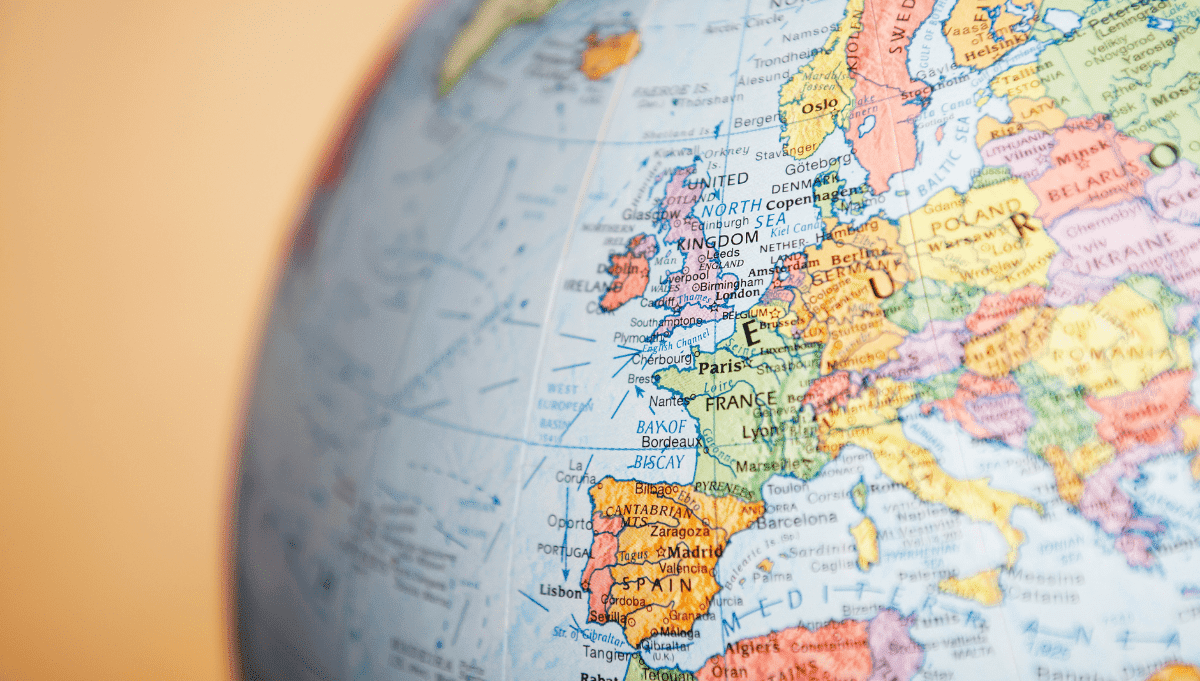
>Share this post<
da Lauren Cassidy
Aprile 12, 2021
At this point, you need to decide how you’ll choose to expand into these worldwide markets. How will you manage your goods? How many resources are you willing to put into this exciting new venture? When it comes to expansion, there is still one question that can cause some confusion – is going international and going global the same thing?
Internationalization and globalization are two words that hear a lot. But what exactly is the difference between the two?
Internationalisation
Simply put, internationalisation is the first step to becoming a global company. This process involves the exporting and selling of your goods and/or services to other countries. Outside of this, however, you are not putting any further investment into these countries. All of the business functions and headquarters remain in the country of origin of your business. Nor are you changing your offering to accommodate local audiences.
However, your customer journey will include local taxes and VATs, currencies and languages.
In other words, internationalization refers to the process of entering new markets with a general product or service, with localised messaging and processes.
Many of our clients would be considered international retailers such as Butlers Chocolates, Avoca and Blauer USA. Other examples might include the likes of Apple – who are headquartered in the USA and do all product development there. However, they sell their products worldwide. By contrast, let’s discuss Globalisation.
Globalisation
Globalisation is synonymous with internationalisation and often interchanged. However, it differs in that it is the process of integrating your business into countries around the world. You might now decide to invest in the countries you operate within by opening local sites and alter your product or service for cultural integration. Thereby, having an effect on local economies.Take McDonald’s for example. McDonald’s franchises are located all over the world with branding and messaging that is recognisable wherever you go. While their offering (fast food) is the same across the globe, the menu has been customised in many countries. In India, you’ll find that beef and pork products are not served – whereas, in China, there are many rice dishes available.
Is my business ready for international expansion?
Respond to demand
Do you have the tools for global expansion?
Moving from local to global supply chains
Conclusion
Internationalisation and globalisation are often interchanged, but there are very defining features between two – albeit, you cannot (or are less likely to) have one without the other. Internationalisation is the first step towards going global. However, be sure to set about this journey at the right time – wait too long and your competition might snap up the opportunity, dive too soon and run the risk of losing the market before you’ve even started.With an educated strategy, the right tools and effective localisation successful global expansion can very much be within your reach. Many retailers might want to outsource this to an out-of-the-box solution to ensure the process is done correctly and legally accurate. Kooomo’s unified approach can relieve you of the finicky tasks that come with international expansion – freeing you up to focus on achieving your business goals.
If you wish to chat with us about taking your business to the next stage, why not book a 1:1 consultation with our team?
Esplorare
In the next few years, we are foreseeing an impressive increase for the global retail industry. While this can be beneficial for the global eCommerce industry, it also means that there will be more competition, as well.
European Data Protection rules were launched back in 2018, to protect the confidentiality of our personal data but even four years later, there is still a lack of understanding among companies and consumers about how to comply with the best practices. Big tech companies, like Google or Amazon, usually refer to the acronym GDPR, to explain the rules that verify the data, so it is not used inappropriately, but to add details to create confusion.



